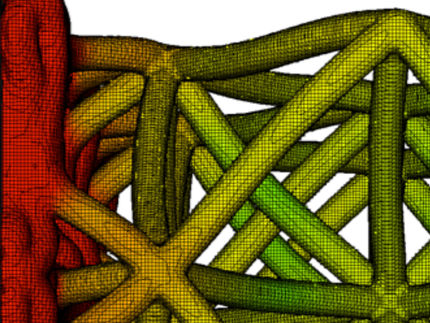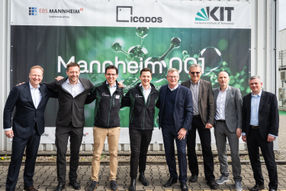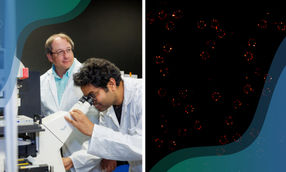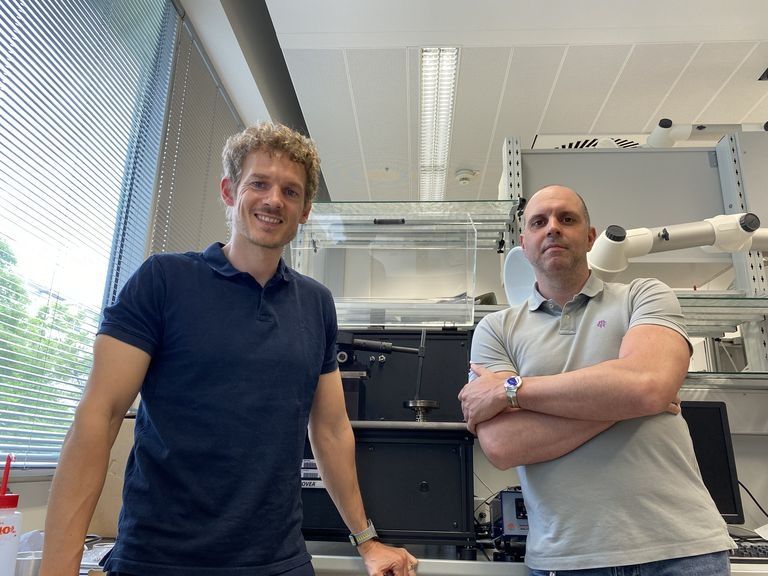3D-printed open-source robot offers accessible solution for materials synthesis
Practical, cost-effective solution for accelerating innovation in materials science
FLUID, an open-source, 3D-printed robot, offers an affordable and customizable solution for automated material synthesis, making advanced research accessible to more scientists. A team of researchers led by Professor Keisuke Takahashi at the Faculty of Science, Hokkaido University, have created FLUID (Flowing Liquid Utilizing Interactive Device), an open-source robotic system constructed using a 3D printer and off-the-shelf electronic components.
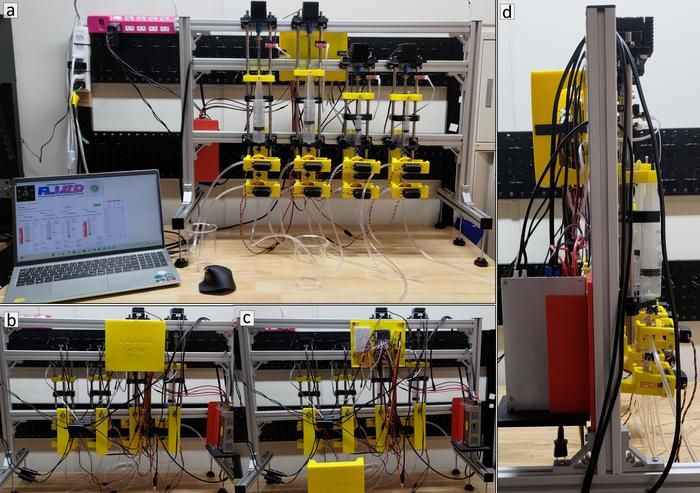
Different views of the FLUID (Flowing Liquid Utilizing Interactive Device) open-source robotic system: (a) front view; (b) rear view; (c) rear view with the wiring of the control circuit exposed; and (d) side view.
Mikael N. Kuwahara, et al. ACS Applied Engineering Materials. April 9, 2025
To demonstrate FLUID’s capabilities, the team used the robot to automate the co-precipitation of cobalt and nickel, creating binary materials with precision and efficiency. “By adopting open source, utilizing a 3D printer, and taking advantage of commonly-available electronics, it became possible to construct a functional robot that is customized to a particular set of needs at a fraction of the costs typically associated with commercially-available robots,” said Mikael Kuwahara, the lead author of the study.
FLUID's hardware comprises four independent modules, each equipped with a syringe, two valves, a servo motor for valve control, and a stepper motor to precisely control the syringe plunger. Each module also has an end-stop sensor to detect the syringe's maximum fill position. These modules are connected to microcontroller boards that receive commands from a computer via USB. The system also includes software that lets users control the robot's functions, such as valve adjustments and syringe movements and provides real-time status updates and sensor data.
The researchers have made the design files openly available so researchers anywhere in the world can replicate or modify the robot according to their specific experimental needs. By providing an open-source and 3D-printable alternative to expensive commercial robots, FLUID could enable a broader community of researchers to engage in automated experimentation in material science.
This could be particularly beneficial for researchers in resource-limited settings or for scientists focusing on niche areas where commercial solutions may not be readily available or cost-effective. With a customizable design that can be printed using commercial components, they can conduct sophisticated experiments without significant capital investment.
“This approach aims to democratize automation in material synthesis, providing researchers with a practical, cost-effective solution to accelerate innovation in materials science,” Takahashi explained.
Looking ahead, the researchers plan to integrate additional sensors to monitor other parameters, such as temperature and pH. These will expand the robot's ability to handle a wider variety of chemical reactions, including polymer mixing and organic synthesis. The software will also be further developed to include features like macro recording to streamline repetitive tasks and enhanced data logging to improve experimental reproducibility and data analysis.
Original publication
Mikael Kuwahara, Yoshiki Hasukawa, Fernando Garcia-Escobar, Satoshi Maeda, Lauren Takahashi, Keisuke Takahashi; "Development of an Open-Source 3D-Printed Material Synthesis Robot FLUID: Hardware and Software Blueprints for Accessible Automation in Materials Science"; ACS Applied Engineering Materials, 2025-4-8
Original publication
Mikael Kuwahara, Yoshiki Hasukawa, Fernando Garcia-Escobar, Satoshi Maeda, Lauren Takahashi, Keisuke Takahashi; "Development of an Open-Source 3D-Printed Material Synthesis Robot FLUID: Hardware and Software Blueprints for Accessible Automation in Materials Science"; ACS Applied Engineering Materials, 2025-4-8
Topics
Organizations
Other news from the department science
These products might interest you
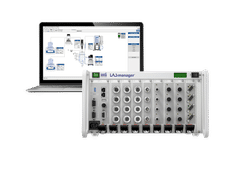
LabVision-System by HiTec Zang
Flow and batch processes - visualize and automate cleverly
Optimize processes in the lab, pilot plant or miniplant with this smart software solution
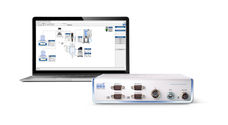
LabBox by HiTec Zang
Automation made easy for every laboratory
Discover the all-in-one automation solution for greater efficiency
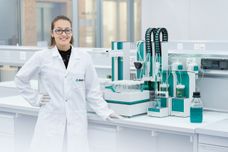
Automatisierung für OMNIS-Titration by Metrohm
Automate titrations with ease
Time saving and reliability for your sample analysis

Get the chemical industry in your inbox
By submitting this form you agree that LUMITOS AG will send you the newsletter(s) selected above by email. Your data will not be passed on to third parties. Your data will be stored and processed in accordance with our data protection regulations. LUMITOS may contact you by email for the purpose of advertising or market and opinion surveys. You can revoke your consent at any time without giving reasons to LUMITOS AG, Ernst-Augustin-Str. 2, 12489 Berlin, Germany or by e-mail at revoke@lumitos.com with effect for the future. In addition, each email contains a link to unsubscribe from the corresponding newsletter.
Most read news
More news from our other portals
See the theme worlds for related content
Topic world Synthesis
Chemical synthesis is at the heart of modern chemistry and enables the targeted production of molecules with specific properties. By combining starting materials in defined reaction conditions, chemists can create a wide range of compounds, from simple molecules to complex active ingredients.

Topic world Synthesis
Chemical synthesis is at the heart of modern chemistry and enables the targeted production of molecules with specific properties. By combining starting materials in defined reaction conditions, chemists can create a wide range of compounds, from simple molecules to complex active ingredients.
Topic world Digitalization in the laboratory
The topic world Digitalization in the lab presents innovations and trends from digital data systems (ELN, LIMS) to laboratory robots and networked devices (IoT) to AI and machine learning.

Topic world Digitalization in the laboratory
The topic world Digitalization in the lab presents innovations and trends from digital data systems (ELN, LIMS) to laboratory robots and networked devices (IoT) to AI and machine learning.
